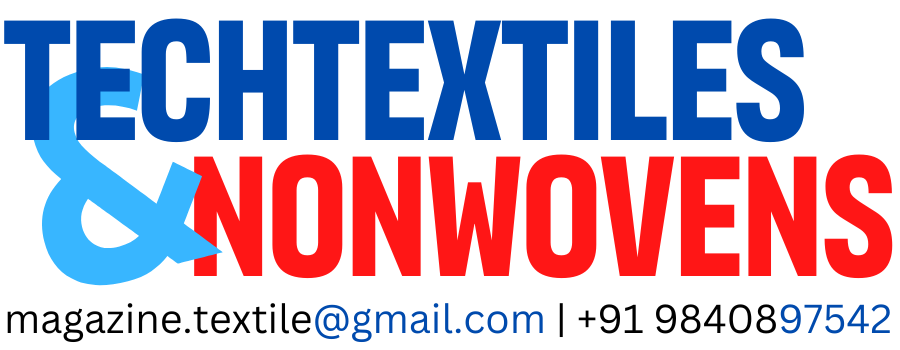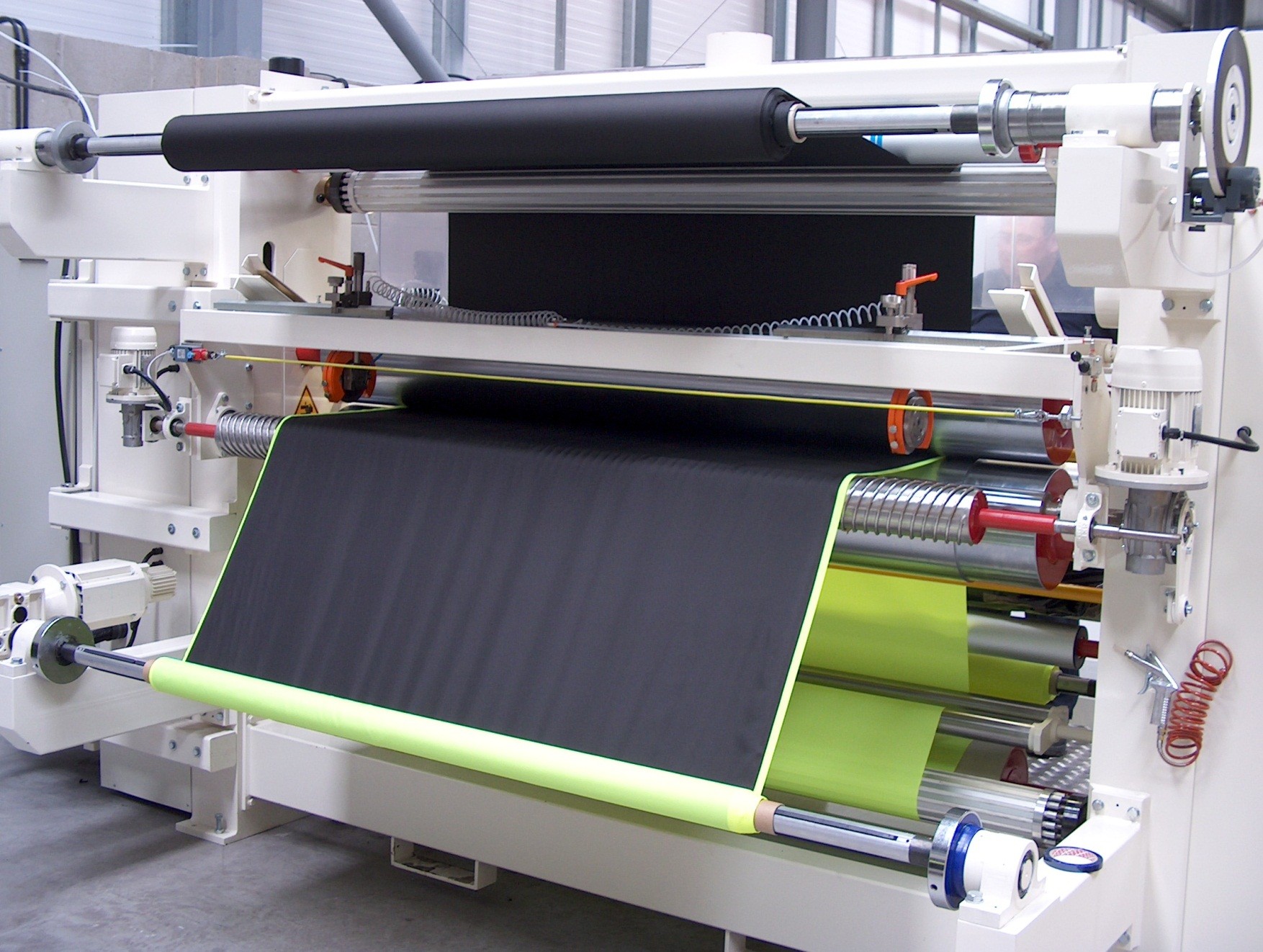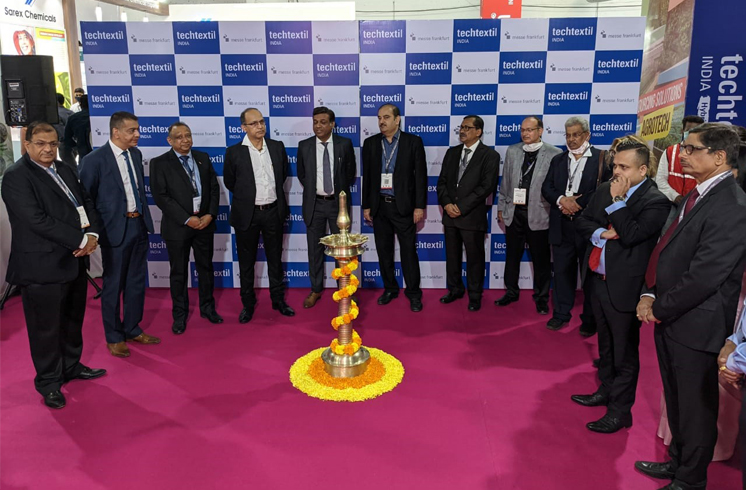AMBA PROJEX UK – SAINIT EXPORTS are pioneer in the field of Coating, Laminating , flocking and Prepreg. We offer complete plants and machinery with technical knowhow and also help customer in marketing their finished products . We are in the field of technical textiles since last 30 years and supplied more the 950 machines and plants in more then 50 countries in world.

Technical textiles are engineered fabrics designed for performance rather than aesthetics. To impart functional properties such as waterproofing, chemical resistance, flame retardancy, electrical conductivity, or structural reinforcement, various surface modification and composite technologies are used — notably coating, lamination, flocking, and prepreg. These processes enhance the mechanical, thermal, electrical, and barrier properties of base fabrics, enabling their use across industrial, medical, geotechnical, defense, and aerospace sectors.
Coating Technology
Coating is the process of applying a thin layer of polymer, resin, or functional compound onto a textile substrate to improve or introduce specific properties.
Common Coating Methods
• Direct Coating: Coating paste (PVC, PU, acrylic, silicone, etc.) spread directly using knife-over-roll or knife-over-air.
• Transfer Coating: Coating applied to release paper, dried, then transferred under heat.
• Foam Coating: Lightweight foamed polymer applied for breathable coatings.
• Screen/Roller Coating: Used for patterned coatings.
[ Coating process flow — Fabric → Coating paste → Knife-over-roll → Drying → Finished coated fabric]

Applications
Protective clothing, geotextiles, medical textiles, and industrial fabrics (conveyor belts, airbags, filtration media).
Lamination Technology
Lamination joins two or more layers — typically textile + film/membrane/ non woven + adhesive — to create a composite structure with combined functional advantages.
Types of Lamination
• Adhesive Lamination: Hot-melt, solvent-based, or water-based adhesives.
• Flame Lamination: Foam melted to bond layers.
• Hot-Melt Lamination: Thermoplastic adhesive films under heat and pressure.
• Membrane Lamination: PTFE, TPU, PU, or ePTFE membranes laminated for waterproof-breathable fabrics.
[Lamination process flow — Fabric + Adhesive + Membrane → Heat/Pressure → Laminated composite]

Flocking Technology
Flocking involves depositing short fiber particles onto an adhesive-coated substrate to create a soft, functional surface.
Process Steps
1. Adhesive application.
2. Flock deposition (electrostatic alignment).
3. Curing.
4. Finishing.
[Diagram: Flocking process — Fabric + Adhesive → Electrostatic Flocking → Curing → Brushing → Finished flocked surface]
Prepreg Technology
Prepregs are pre-impregnated fiber reinforcements with partially cured resin matrix, ready for molding into composite structures.
Manufacturing Process
1. Impregnation with resin (hot-melt or solvent).
2. B-staging (partial curing).
3. Refrigerated storage.
4. Molding & final curing.
Comparative Overview
| Parameter | Coating | Lamination | Flocking | Prepreg |
| Primary Function | Surface protection | Multi-layer bonding | Surface modification | Structural reinforcement |
| Key Materials | PU, PVC, Silicone | TPU, PTFE, PU membranes | Nylon, Polyester fibers | Carbon, Glass, Aramid + resin |
| Processing Type | Continuous | Continuous or batch | Batch/localized | Batch (controlled environment) |
| End Use | Apparel, medical, geotextiles | Outdoor wear, composites | Automotive, fashion | Aerospace, defense, industrial composites |
Coating, lamination, flocking, and prepreg technologies are essential finishing and composite manufacturing methods in the technical textile industry. Their selection depends on the desired end-use performance, mechanical durability, environmental resistance, and functional requirements. Innovations in polymer chemistry, nanotechnology, and process automation continue to expand their application in smart and sustainable technical textiles.





